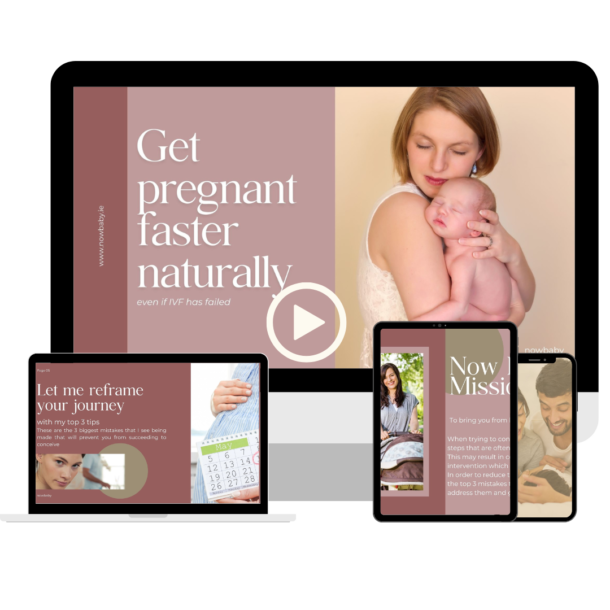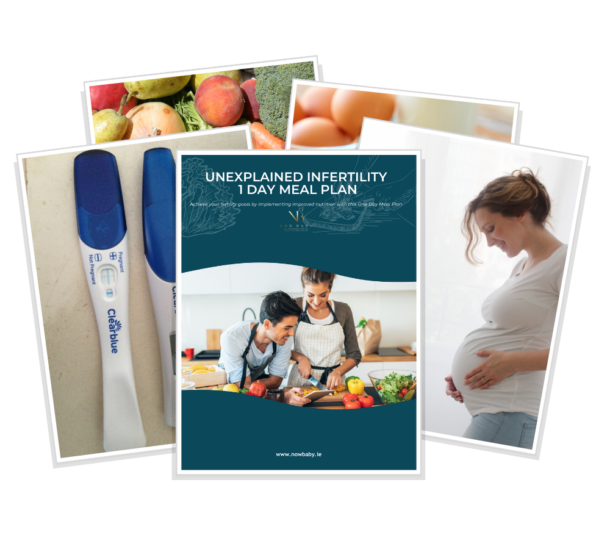Endometriosis
Endometriosis is an oestrogen dominant and inflammatory condition, often associated with heavy menstrual bleeding and severe pain. It involves endometrial lining, which is normally shed during a monthly period, migrating to other parts of the pelvic cavity, where it can’t exit the body. It can only be fully diagnosed by laparoscopy. Endometriosis is often graded 1- 4, depending on how extensive it is rather than how painful. It is possible to have Grade 1 but still have severe pain and equally it is possible to have Grade 4 without any symptoms, perhaps until fertility becomes an issue.
It is estimated that 8-10% of the female population, during their reproductive years suffer with this and between 20 and 50% of female sub fertility is linked to it.
Causes
Retrograde endometrial tissue, which would normally exit vaginally during a monthly period migrates to other parts of the pelvic cavity and sometimes as far as the lungs or brain. The tissue responds to hormone fluctuations and depending on it’s location, can cause pain in that area. The underlying cause is not fully understood but may be linked in part to hereditary and environmental factors such as dioxins, pesticides and polychlorinated biphenyls (PCB). Whereas the hereditary factors cannot be addressed, clearly there is an opportunity to solve the environmental issues.
Symptoms of endometriosis
- Pain is the most common symptom. Depending on the location of the migrated tissue, the pain may be associated with monthly periods, ovulation, bowel movements or intercourse.
- Heavy periods can also be a symptom and brown bleeding at the end of a period may indicate it.
- Large clots
- Mid cycle bleeding
- Irritable bowel syndrome
- Fainting
- Vomiting
Endometriosis and infertility
Clearly, if you suspect you have endometriosis based on symptoms, you should consult with a medical professional, however for some women it is only when they can’t conceive that it is investigated.
The impact on fertility may include;
- Blocked fallopian tube(s)
- Endometriomas (chocolate cysts), so called because they contain brown blood
- Pain during intercourse
- Irritable bowel, affecting absorption of nutrients
- Linked to between 20 and 50% of all female sub fertility
Patients suffering with endometriosis are more likely to also experience;
- Auto immune disorders – lupus, RA, MS
- Chronic fatigue syndrome
- Fibromyalgia
- Hypothyroidism
- Asthma, allergies, eczema
Treatment for endometriosis
The first step in treatment is a medical diagnosis, which requires a laparoscopy. A laparoscopy is keyhole surgery in the abdomen, conducted by a gynaecologist. If it is found during the procedure it is usually removed by laser. Sub fertility associated with the tissue growth is improved immediately but other factors, such as poor nutrition can take time to resolve and require support by way of dietary interventions.
If no lifestyle changes are made, the tissue can grow back in the space of about 6 months. Medication can be prescribed to slow the regrowth but this may contraindicate pregnancy while on it.
Pharmaceutical interventions include;
- Oral contraceptive pill
- Mirena coil
- Norethisterone
- Decapeptyl
- NSAIS, paracetamol
- Buscopan
- Anti depressants – Amytriptyline
- Low dose naltrexone
The stimulus for growth of endometriosis is oestrogen , which means that reducing oestrogen production through diet and toxin exposure makes sense.
Natural and fertile friendly interventions include;
- Anti inflammatory diet
- Reduced exposure to xeno oestrogens
- Reduced exposure to toxins
- Changes to sanitary products
- Reducing consumption of saturated fat
- Increasing consumption of oestrogen reducing foods






